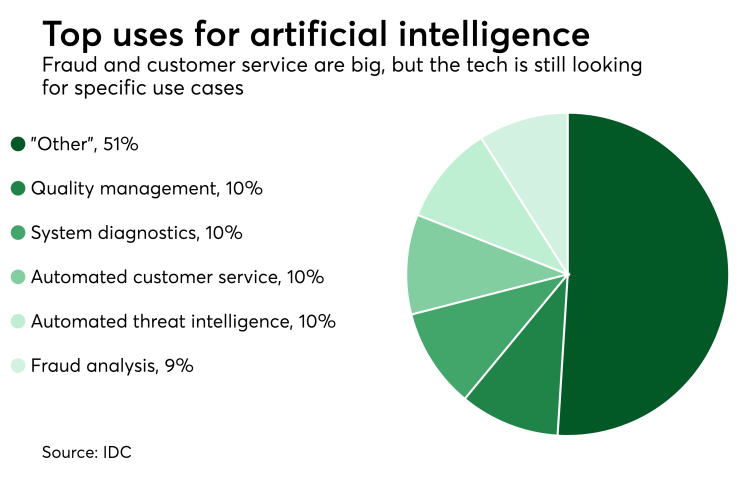Nearly every industry has an eye toward automation, and payments is no different.
Artificial Intelligence, robotic assistants, self-driving cars, 3D printing, and the Internet of Things are the wheels of a movement already in motion for shopping and transactions.
But even highly regulated industries like financial services and payments are feeling the shift. While traditionally resistant to innovation, banks recognize the forthcoming impact of artificial intelligence and automation of financial services in a word: decentralization.
Customers will have more control over their accounts with automation: how fast their money moves, and where. With newcomer fintechs entering the market, banks no longer have the last say over what people do with their money. And that shift shouldn’t be taken lightly.

But this mood of disruption is raising palpable tension in the workforce. Many have asked: "If a machine can easily do my job, what will happen to empathy, emotional intelligence, and the human connection?"
Welcoming automation into our industry with less friction and fear happens when we understand its overwhelming benefit to our futures and the quality of our work. Automation is one answer to a shrinking workforce population and increasing demand for productivity, but it isn’t a cure all. These are big questions and the answers aren’t simple. But we can look at the global data to see how industries are meeting the demands of a new era with the tool of automation.
McKinsey Global Institute conducted a study of more than 2,000 work activities across 800 occupations using statistics from the U.S. Department of Labor, from which they developed a model to make automation predictions for about 80 percent of the global workforce. While the report states
"Now when you do look at individual activities—we looked at every single activity that we pay people to do in the economy—45% of those could be automated by adapting currently demonstrated technologies. Which is a remarkable number, but that doesn’t mean that 45% of jobs right now can be completely automated. Rather, almost every job has a significant percentage of its activities that can be automated."
Much of the
The McKinsey Global Institute study names five factors that set the pace of automation globally including technical capability, the cost of new solutions, the current state of the market, economic advantages to automation, and social acceptance.
When job offerings change due to automation, it happens simultaneously alongside new job creation for roles that work harmoniously alongside technology. Right-brained, creative abilities are valued in this new economic frontier while things like repetitive, highly predictable physical tasks and data gathering roles are increasingly resigned to the realm of automation.
While certain types of white-collar work enjoy some protections from automation, they aren’t immune to it by any means. AI is showing proficiency and even mastery in complex fields of understanding like deciphering human emotion and language.
So maybe instead of plotting the next point on the map of automation takeovers, the question we should be asking is: "What is the real cost of not automating?"
According to The McKinsey Global Institute, it’s significant. An aging population and declining birth rates globally means there won’t be enough workers to address the GDP growth goals for many countries.
And as we’ve learned,
In the end, it’s a company’s leadership that is ultimately responsible for catching the inspiration behind automation and bringing it to their companies in whatever functional capacity they can. Chui ends
"As a senior leader, as a general manager, as an executive, you need to start to understand these technologies themselves, and find out what’s actually possible, and how these technologies are advancing over time."
Executives are uniquely positioned at this time in history to grasp the opportunity automation offers and to wield it as a competitive advantage within their industries. Companies are often too focused on playing good defense that their offensive strategy slips through the cracks. Automation is a distinctive upper hand on the playing field of the future if companies can get there sooner than later.





